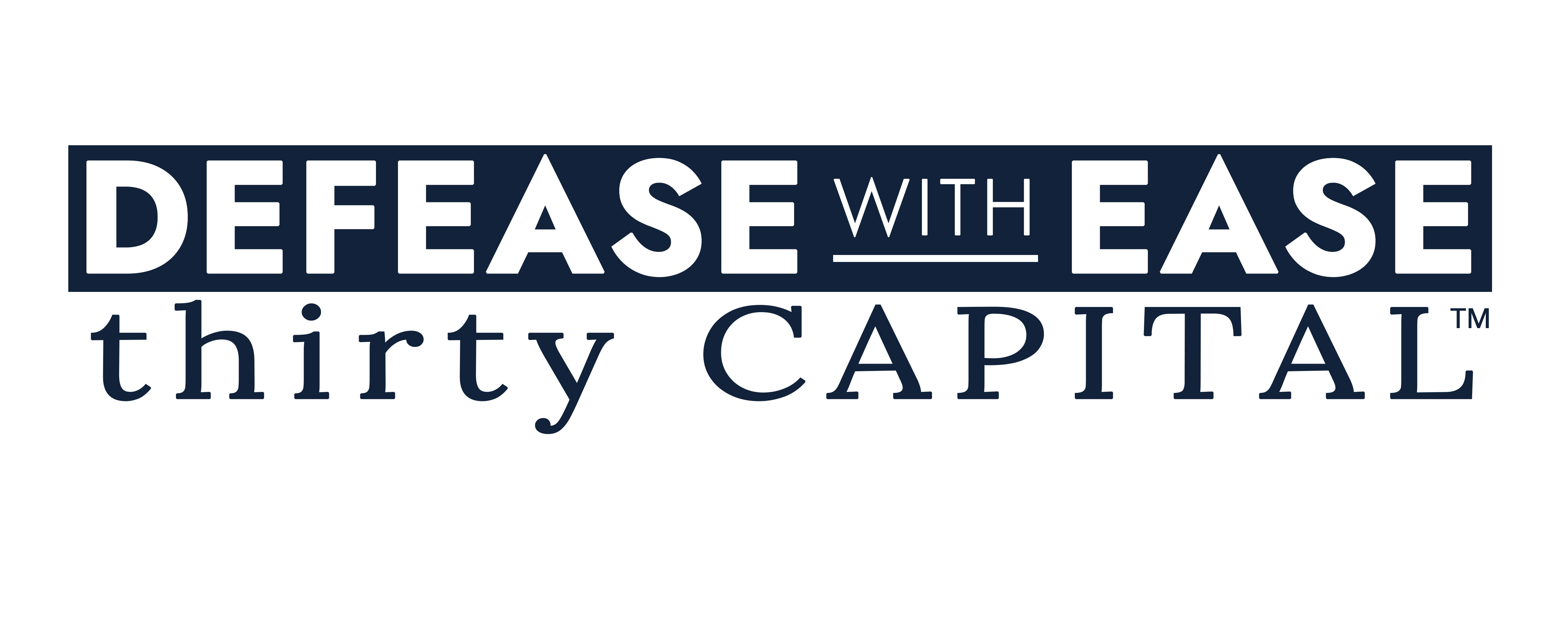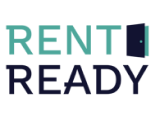A debt optimization strategy helps borrowers proactively address potential risks and more effectively adapt to changing market conditions, ensuring their financial stability and long-term success in the commercial real estate (CRE) market. With debt optimization, borrowers can evaluate different debt structures, interest rates, and repayment terms to identify the most favorable options for their specific needs. By developing a well-thought-out strategy, borrowers can minimize borrowing costs, optimize cash flow, and enhance their overall financial position.
We partnered with Wealth Management Real Estate (WMRE) for a webinar about Optimizing CRE Debt in a Changing and Unpredictable Market. Speakers Anne Hollander, Chief Strategy Officer at Defease With Ease | Thirty Capital, Jeff Lee, Managing Partner at Defease With Ease | Thirty Capital, and Zach Haptonstall, CEO and Co-Founder of Rise48 Equity, candidly discussed the state of the current CRE market and the role debt management plays in a top-performing portfolio.
Watch the webinar to hear the full conversation. Or, read ahead for some highlights from the discussion about six steps you can take to optimize your debt strategy.
Step 1: Review Loans Docs and Covenants
Reviewing loan documents and covenants is essential for commercial real estate borrowers as it ensures a clear understanding of the terms, conditions, and obligations associated with their loans. By conducting a thorough review, borrowers can verify the accuracy and completeness of the loan documents, including interest rates, repayment schedules, and collateral requirements.
A review can also help borrowers assess the covenants established in the loan, which outlines specific benchmarks and obligations they must meet. Reviewing these covenants helps borrowers stay compliant with financial and operational requirements, minimizing the risk of default or penalties. Additionally, a comprehensive review enables borrowers to identify any discrepancies, errors, or unfavorable terms, providing an opportunity to negotiate or seek clarification from lenders. By carefully reviewing loan documents and covenants, borrowers can ensure they are fully informed and better equipped to manage their loans and meet their financial obligations.
Step 2: Know Your Valuation & Cap Rate vs. Debt (LTV, DSCR)
CRE borrowers should understand their valuation and cap rate in relation to their debt because this knowledge provides critical insights into their financial position and investment viability. Understanding the valuation of their property allows borrowers to accurately assess their equity, potential borrowing capacity, and overall net worth. Also, awareness of the cap rate can help borrowers evaluate each property’s income-generating potential when compared to similar properties in the market. This information enables borrowers to make informed decisions regarding rental rates, property management, and potential refinancing options.
Additionally, understanding the relationship between valuation, cap rate, and debt provides borrowers with a clear understanding of their leverage levels and debt service coverage ratio. It helps them evaluate the sustainability of their cashflow and assess the property’s ability to generate sufficient income to cover debt obligations. With these insights, borrowers can make strategic decisions to optimize their financial position, mitigate risks, and maximize the return on their commercial real estate investments.
Step 3: Assess Operations, NOI, Cashflow, and Timelines
Assessing operations, net operating income (NOI), cash flow, and timelines can help borrowers understand the property’s financial performance. Assessing operations involves reviewing various aspects such as tenant occupancy, lease terms, property maintenance, and market conditions. Understanding the property’s NOI allows borrowers to determine its profitability by subtracting operating expenses from the property’s gross income. Analyzing cash flow provides insights into the property’s ability to generate consistent income and cover expenses, including debt service. Additionally, evaluating the timeline involves considering the property’s long-term prospects, lease renewals, and potential market shifts. By assessing these factors, borrowers can identify opportunities for improvement, optimize cash flow, make informed investment decisions, and ensure the property’s long-term success.
Step 4: Model NOI, Debt, and Equity Together for an Action Plan
Modeling NOI, debt, and equity is crucial for commercial real estate borrowers when formulating an action plan. By constructing these models, borrowers can gain a comprehensive understanding of the financial dynamics of their property and make informed decisions regarding its management and growth.
Modeling NOI allows borrowers to assess the property’s income potential by factoring in rental income, operating expenses, and potential vacancies. Analyzing debt and equity helps borrowers evaluate their capital structure, determine leverage levels, and understand the impact of interest rates and repayment schedules on cash flow. By integrating these models, borrowers can develop an action plan that optimizes cash flow, identifies opportunities for cost saving, and facilitates strategic decision-making regarding refinancing, property improvements, or potential acquisitions. This comprehensive approach enables borrowers to effectively manage their commercial real estate assets, maximize returns, and mitigate financial risks.
Step 5: Communicate a Plan with Investors & Lenders
A debt management plan can be shared with investors and lenders to foster trust, transparency, and collaboration. By sharing a comprehensive plan, borrowers demonstrate their commitment to effectively managing their financial obligations, mitigating risks, and optimizing cash flow. At the same time, open communication allows investors and lenders to assess the borrower’s strategies and actions, evaluate the investment’s viability, and make informed decisions about additional financing or refinancing options. Furthermore, involving investors and lenders in the planning process enables early identification and mitigation of potential challenges, promotes alignment of interests, and enhances the borrower’s reputation as a responsible and proactive manager. Ultimately, effective communication of a debt management plan builds strong relationships, ensures stakeholders are well-informed, and increases the likelihood of continued support and successful debt management.
Step 6: Update Debt Model Monthly and Quarterly
Commercial real estate borrowers can update their debt model monthly and quarterly to maintain accurate and up-to-date information about their financial position. Regular updates enable borrowers to closely monitor the performance of their property and assess the impact of market changes, rental fluctuations, and other factors on their debt obligations.
By frequently updating debt models, borrowers can track the actual NOI, compare it with projected figures, and identify any deviations or trends that may require adjustments to their debt management strategies. Additionally, regular updates provide timely insights into cash flow, debt service coverage, and overall financial health, allowing borrowers to make informed decisions about refinancing, capital expenditures, or potential investment opportunities.
How Defease With Ease | Thirty Capital Can Help
Defease With Ease | Thirty Capital is a mid-market CRE advisory & investment firm focused at the intersection of real estate, capital markets, and technology. With more than 20 years of experience in the world of commercial real estate, our team understands every operational & financial lever that drives efficiency in a real estate asset, portfolio, and investment
We can help you model asset, debt, and equity forecasts to determine optimal timing for operational improvement, refinance, or other action so that you stay ahead of the market.
Connect with our team to learn about our detailed analysis and reports.


